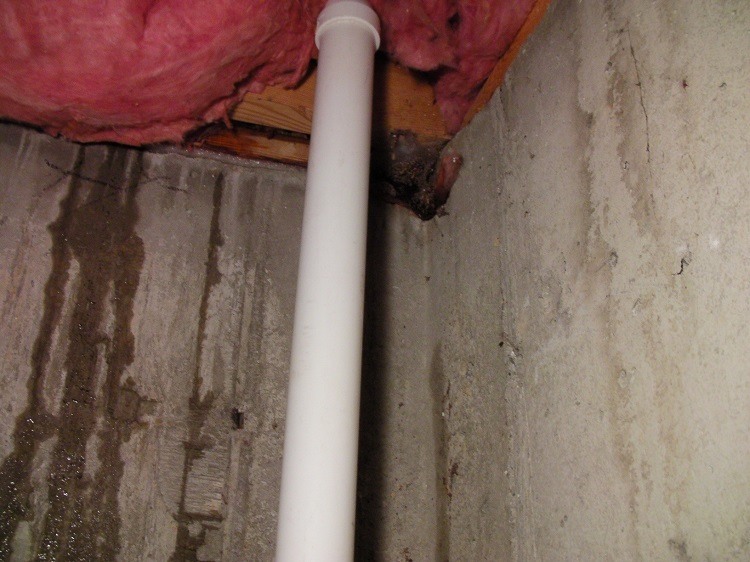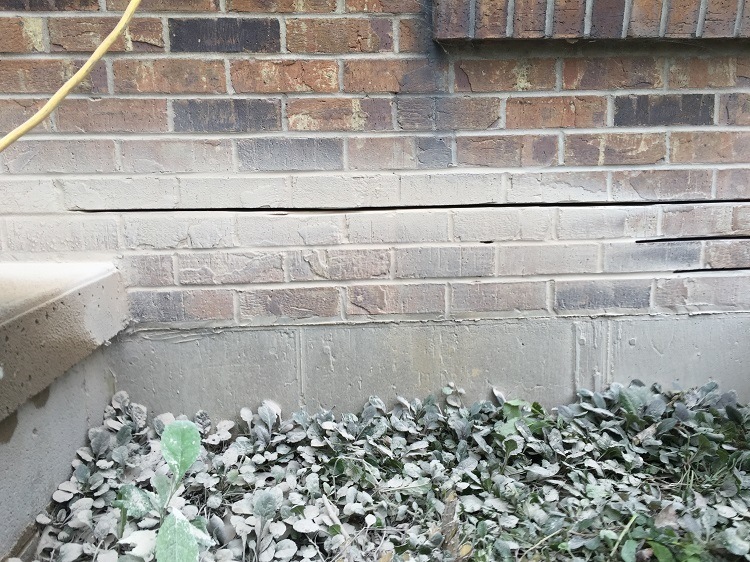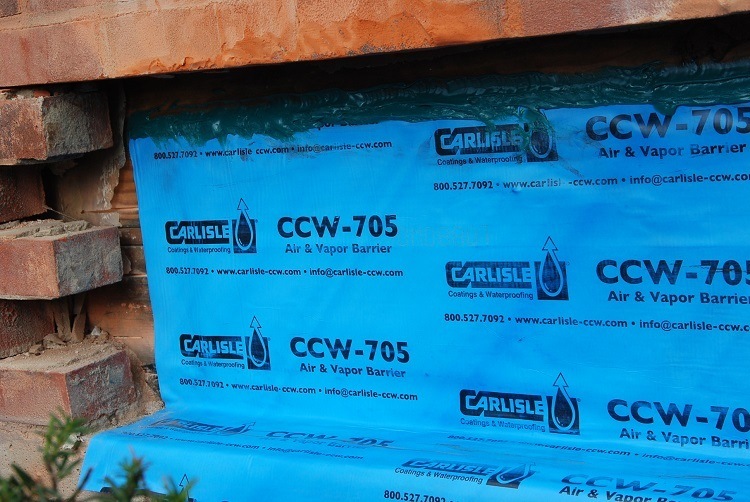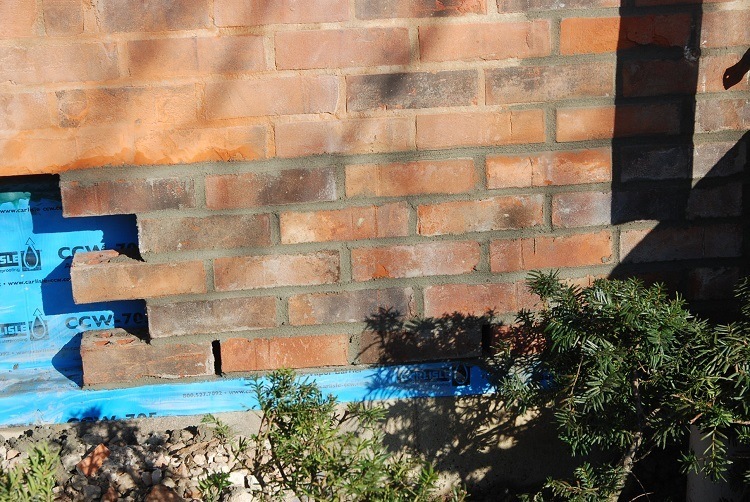Basement Leaking - It could be your brick flashing
Try this simple observation to see if your basement water leak is originating from the the brick flashing - below your exterior brick work.
A leaking basement is no one’s friend and if you are reading this article it is because you have a leaking basement. A leaking basement prevents perfectly adequate living space from being used as living area in your home. Water entry into your basement can also lead to the growth of mold, the rot of wooden structural framing and termite issues. So it’s no laughing matter.
But how do you know where your basement leak is coming from? More importantly, how do you determine the source of the water entry into your basement?
There are lots of ways for water to enter your home and if you’re serious about solving your basement water problems then you can begin by eliminating the possible sources for the water entry. There are many ways for water to enter into your basement . This article can only address one, important cause.
There is a very easy and effective way to eliminate at least one water source very quickly. It’s called your brick flashing. Without getting too involved – here’s how it works:
The brick flashing is installed below the bricks on your home and on top of the foundation wall. As water is absorbed by the brick wall during heavy rains (bricks act like a sponge) it leaches through the bricks and drips down the backside of the brick wall onto the flashing.
The flashing collects and diverts the water towards slots, in-between the bricks on the 1st brick row, called weep holes. From there it drains harmlessly to the ground below.
To access the flashing for a leak repair the lower 3-5 rows of bricks must be cut out. We can usually save most of the bricks but you may check to see if you have extra bricks available for the replacement or know the brick manufactures name and/or where they can be purchased.
This particular home in the photo had rotted flashing so it’s not a wonder that it leaked as badly as it did. You can see the band board after the bricks have been removed. It had black mold stains and some rotting in the framing had started.
Of course when the flashing is installed correctly, you’re not aware of all the water entering the wall and that this process is taking place because the flashing is functioning properly.
However, when the brick flashing is not functioning properly, the rain that leaches thru and behind the bricks migrates down the wall and then through poorly installed or missing flashing seams.
From there it seeps under the framing and ENTERS THE BASEMENT OVER THE TOP OF THE FOUNDATION WALL.
Read that again: THE WATER ENTERS THE BASEMENT OVER THE TOP OF THE FOUNDATION WALL.
OK there’s your clue.
No other foundation leaks occur this way. So you can be quite sure that a flashing replacement project is in order if you find this water condition in your basement. Below are some simple photos of recent flashing replacement we performed for a client.
Here you see that the new flashing has been installed. Smooth vinyl with an asphalt backing carries water that leaks into the wall out through the weep holes.
The new flashing was installed and the the bricks laid back to their original positions, weep holes were installed to drain the build up of water behind the wall. Once the brick were put into place the mortar was blended and stained to match the existing mortar color. This repair will not be visible and no on will know a flashing repair had been performed.






